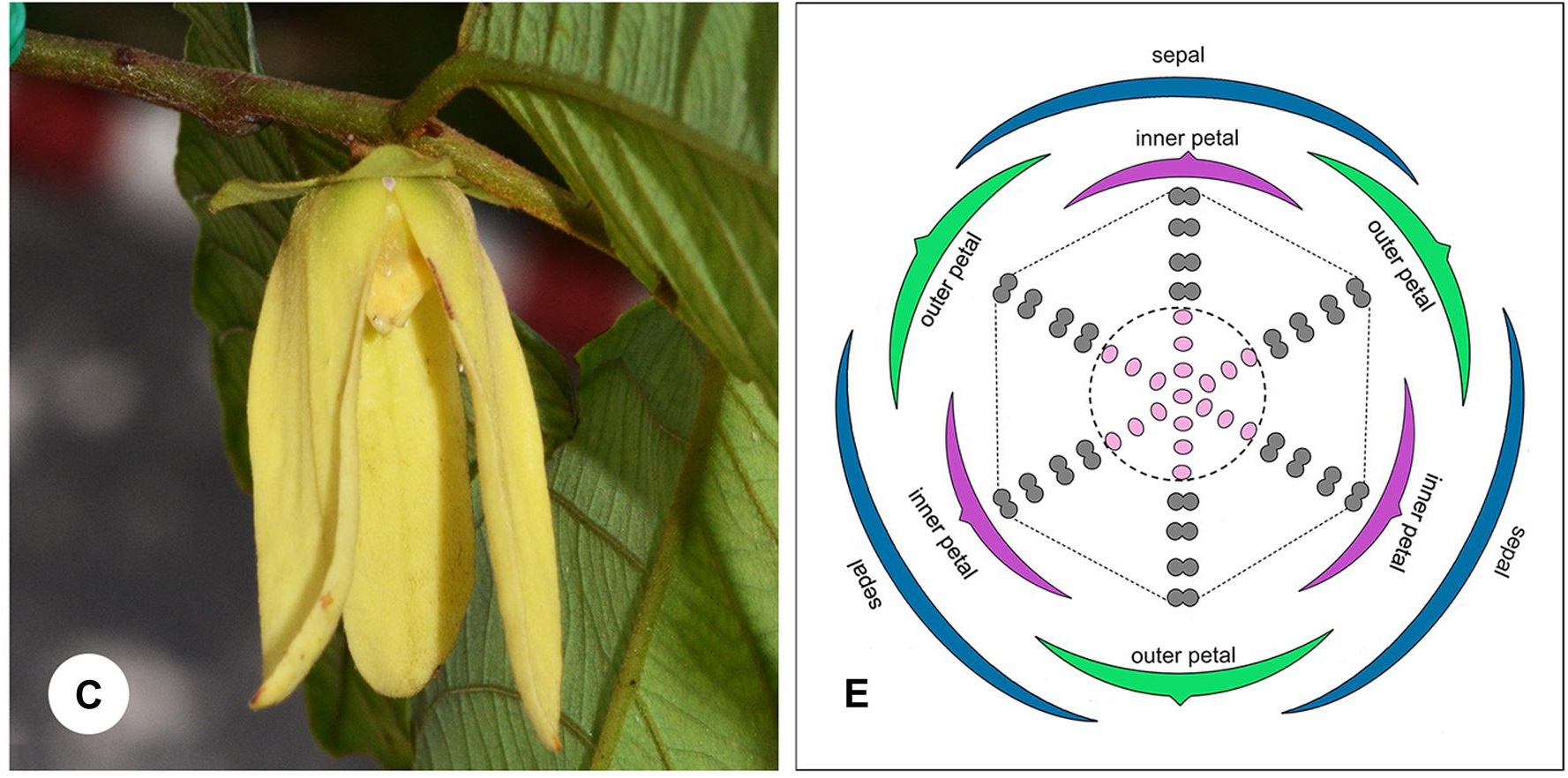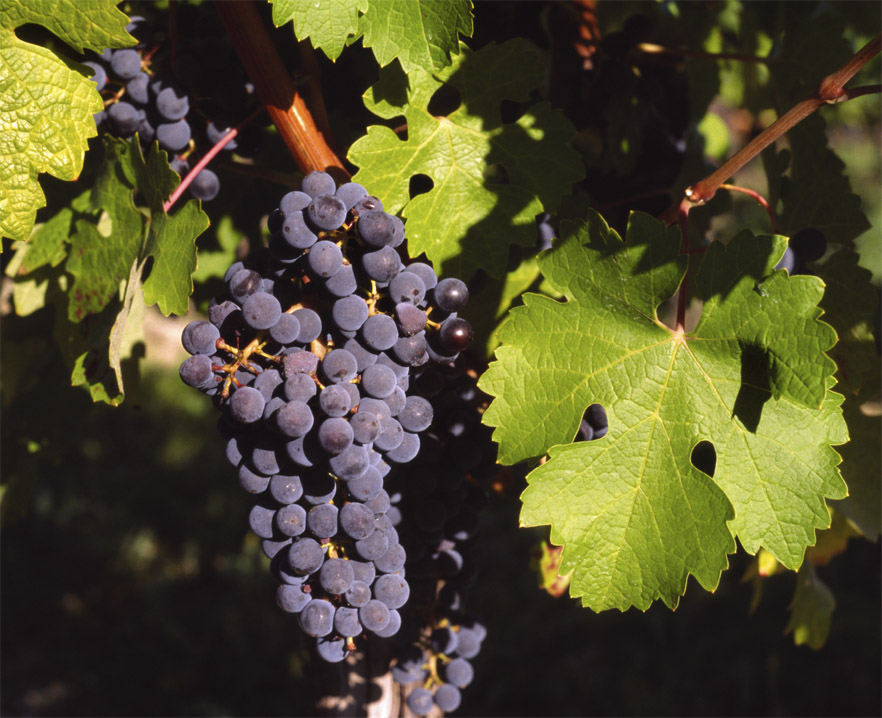|
Sciadopitys Verticillata
''Sciadopitys verticillata'', the or Japanese umbrella-pine, is a unique conifer Endemism, endemic to Japan, Sakhalin, and the Kuril Islands. It is the sole living member of the family Sciadopityaceae and genus ''Sciadopitys'', a living fossil with no close relatives. The oldest fossils of ''Sciadopitys'' are from the Late Cretaceous of Japan, and the genus was widespread in Laurasia during most of the Cenozoic, especially in Europe until the Pliocene. A European relative of this species may have been the primary source of Baltic amber, according to some studies. Taxonomy Molecular evidence indicates that Sciadopityaceae is the sister group to a clade comprising Taxaceae and Cupressaceae, and has an extremely ancient divergence, having diverged from the rest of the conifers during the early mid-Permian. There is inconsistent evidence regarding the plant family which produced Baltic amber. Both macrofossil and microfossil evidence suggest a ''Pinus'' relative, whereas chemical ... [...More Info...] [...Related Items...] OR: [Wikipedia] [Google] [Baidu] |
Carl Peter Thunberg
Carl Peter Thunberg, also known as Karl Peter von Thunberg, Carl Pehr Thunberg, or Carl Per Thunberg (11 November 1743 – 8 August 1828), was a Sweden, Swedish Natural history, naturalist and an Apostles of Linnaeus, "apostle" of Carl Linnaeus. After studying under Linnaeus at Uppsala University, he spent seven years travelling in southern Italy and Asia, collecting and describing people and animals new to European science, and observing local cultures. He has been called "the father of South African botany", "pioneer of Occidental Medicine in Japan", and the "Japanese Carl Linnaeus, Linnaeus". Early life Thunberg was born and grew up in Jönköping, Sweden. At the age of 18, he entered Uppsala University where he was taught by Carl Linnaeus, regarded as the "father of modern Taxonomy (biology), taxonomy". Thunberg graduated in 1767 after 6 years of studying. To deepen his knowledge in botany, medicine and natural history, he was encouraged by Linnaeus in 1770 to travel to P ... [...More Info...] [...Related Items...] OR: [Wikipedia] [Google] [Baidu] |
Sister Group
In phylogenetics, a sister group or sister taxon, also called an adelphotaxon, comprises the closest relative(s) of another given unit in an evolutionary tree. Definition The expression is most easily illustrated by a cladogram: Taxon A and taxon B are sister groups to each other. Taxa A and B, together with any other extant or extinct descendants of their most recent common ancestor (MRCA), form a monophyletic group, the clade AB. Clade AB and taxon C are also sister groups. Taxa A, B, and C, together with all other descendants of their MRCA form the clade ABC. The whole clade ABC is itself a subtree of a larger tree which offers yet more sister group relationships, both among the leaves and among larger, more deeply rooted clades. The tree structure shown connects through its root to the rest of the universal tree of life. In cladistic standards, taxa A, B, and C may represent specimens, species, genera, or any other taxonomic units. If A and B are at the same taxono ... [...More Info...] [...Related Items...] OR: [Wikipedia] [Google] [Baidu] |
Flore Des Serres V14 249a
Flore may refer to: People * Flore (given name) a given name (including a list of people with the name) * Flore (photographer) (born 1963), French-Spanish photographer * Jeanne Flore, author, or the pseudonym for a group of authors, of the Contes amoureux, an early 1540s collection of seven tales * Tristan Flore (born 1995), French table tennis player Other uses * French ship ''Flore'', eight French Navy ships * Flore, Northamptonshire, a village and civil parish * a title character in the 1796 ballet ''Flore et Zéphire'' * Prix de Flore, a French literary prize established in 1994 See also * Le Flore (other), including LeFlore and Leflore * Flora (other) Flora is plant life collectively. Flora may also refer to: Microbiology * Flora (microbiology), collective bacteria and other microorganisms in a host * Flora or microbiota, the collective bacteria and other microorganisms in an animal host Pe ... * Flores (other) {{Disambiguation, sur ... [...More Info...] [...Related Items...] OR: [Wikipedia] [Google] [Baidu] |
Whorl (botany)
In botany, a whorl or verticil is a whorled arrangement of Leaf, leaves, sepals, petals, stamens, or Gynoecium#Carpels, carpels that radiate from a single point and surround or wrap around the stem or stalk. A leaf whorl consists of at least three elements; a pair of opposite leaves is not called a whorl. For leaves to grow in whorls is fairly rare except in plant species with very short Plant stem, internodes and some other genera (''Galium'', ''Nerium'', ''Elodea'' etc.). Leaf whorls occur in some trees such as ''Brabejum stellatifolium'' and other species in the family Proteaceae (e.g., in the genus ''Banksia''). In plants such as these, crowded internodes within the leaf whorls alternate with long internodes between the whorls. The Morphology (biology), morphology of most flowers (called cyclic flowers) is based on four types of whorls: # The Sepal, calyx: zero or more whorls of sepals at the base # The Petal, corolla: zero or more whorls of petals above the calyx # The Stam ... [...More Info...] [...Related Items...] OR: [Wikipedia] [Google] [Baidu] |
List Of Descriptive Plant Species Epithets (I–Z)
Since the first printing of Carl Linnaeus's ''Species Plantarum'' in 1753, plants have been assigned one epithet or name for their species and one name for their genus, a grouping of related species. These scientific names have been catalogued in a variety of works, including ''#References, Stearn's Dictionary of Plant Names for Gardeners''. William T. Stearn, William Stearn (1911–2001) was one of the pre-eminent British botanists of the 20th century: a Librarian of the Royal Horticultural Society, a president of the Linnean Society of London, Linnean Society and the original drafter of the ''International Code of Nomenclature for Cultivated Plants''. The first column below lists Spermatophyte, seed-bearing species epithets from ''Stearn's Dictionary'', #References, ''Latin for Gardeners'' by Lorraine Harrison, #References, ''The A to Z of Plant Names'' by Allen Coombes, #References, ''The Gardener's Botanical'' by Ross Bayton, and the glossary of Stearn's #References, ''Botani ... [...More Info...] [...Related Items...] OR: [Wikipedia] [Google] [Baidu] |
Proceedings Of The Royal Society B
''Proceedings of the Royal Society'' is the main research journal of the Royal Society. The journal began in 1831 and was split into two series in 1905: * Series A: for papers in physical sciences and mathematics. * Series B: for papers in life sciences. Many landmark scientific discoveries are published in the Proceedings, making it one of the most important science journals in history. The journal contains several articles written by prominent scientists such as Paul Dirac, Werner Heisenberg, Ernest Rutherford, Erwin Schrödinger, William Lawrence Bragg, Lord Kelvin, J.J. Thomson, James Clerk Maxwell, Dorothy Hodgkin and Stephen Hawking. In 2004, the Royal Society began '' The Journal of the Royal Society Interface'' for papers at the interface of physical sciences and life sciences. History The journal began in 1831 as a compilation of abstracts of papers in the ''Philosophical Transactions of the Royal Society'', the older Royal Society publication, that began in 1665. ... [...More Info...] [...Related Items...] OR: [Wikipedia] [Google] [Baidu] |
Agathis
''Agathis'', commonly known as kauri or dammara, is a genus of evergreen coniferous trees, native to Australasia and Southeast Asia. It is one of three extant genera in the family Araucariaceae, alongside ''Wollemia'' and ''Araucaria'' (being more closely related to the former).de Laubenfels, David J. 1988. Coniferales. P. 337–453 in Flora Malesiana, Series I, Volume 10. Dordrecht: Kluwer Academic. Its leaves are much broader than most conifers. Kauri gum is commercially harvested from New Zealand kauri. Description Mature kauri trees have characteristically large trunks, with little or no branching below the crown. In contrast, young trees are normally conical in shape, forming a more rounded or irregularly shaped crown as they achieve maturity.Whitmore, T.C. 1977. ''A first look at Agathis''. Tropical Forestry Papers No. 11. University of Oxford Commonwealth Forestry Institute. The bark is smooth and light grey to grey-brown, usually peeling into irregular flakes tha ... [...More Info...] [...Related Items...] OR: [Wikipedia] [Google] [Baidu] |
Infrared Spectroscopy
Infrared spectroscopy (IR spectroscopy or vibrational spectroscopy) is the measurement of the interaction of infrared radiation with matter by absorption, emission, or reflection. It is used to study and identify chemical substances or functional groups in solid, liquid, or gaseous forms. It can be used to characterize new materials or identify and verify known and unknown samples. The method or technique of infrared spectroscopy is conducted with an instrument called an infrared spectrometer (or spectrophotometer) which produces an infrared spectrum. An IR spectrum can be visualized in a graph of infrared light absorbance (or transmittance) on the vertical axis vs. frequency, wavenumber or wavelength on the horizontal axis. Typical units of wavenumber used in IR spectra are reciprocal centimeters, with the symbol cm−1. Units of IR wavelength are commonly given in micrometers (formerly called "microns"), symbol μm, which are related to the wavenumber in a reciprocal way ... [...More Info...] [...Related Items...] OR: [Wikipedia] [Google] [Baidu] |
Pinus
A pine is any conifer tree or shrub in the genus ''Pinus'' () of the family Pinaceae. ''Pinus'' is the sole genus in the subfamily Pinoideae. ''World Flora Online'' accepts 134 species-rank taxa (119 species and 15 nothospecies) of pines as current, with additional synonyms, and ''Plants of the World Online'' 126 species-rank taxa (113 species and 13 nothospecies), making it the largest genus among the conifers. The highest species diversity of pines is found in Mexico. Pines are widely distributed in the Northern Hemisphere; they occupy large areas of boreal forest, but are found in many habitats, including the Mediterranean Basin, and dry tropical forests in southeast Asia and Central America. Wood from pine trees is one of the most extensively used types of timber, and some pines are widely used as Christmas trees. Description Pine trees are evergreen, coniferous resinous trees (or, rarely, shrubs) growing tall, with the majority of species reaching tall. The sma ... [...More Info...] [...Related Items...] OR: [Wikipedia] [Google] [Baidu] |
Permian
The Permian ( ) is a geologic period and System (stratigraphy), stratigraphic system which spans 47 million years, from the end of the Carboniferous Period million years ago (Mya), to the beginning of the Triassic Period 251.902 Mya. It is the sixth and last period of the Paleozoic Era; the following Triassic Period belongs to the Mesozoic Era. The concept of the Permian was introduced in 1841 by geologist Sir Roderick Murchison, who named it after the Perm Governorate, region of Perm in Russia. The Permian witnessed the diversification of the two groups of amniotes, the synapsids and the Sauropsida, sauropsids (reptiles). The world at the time was dominated by the supercontinent Pangaea, which had formed due to the collision of Euramerica and Gondwana during the Carboniferous. Pangaea was surrounded by the superocean Panthalassa. The Carboniferous rainforest collapse left behind vast regions of desert within the continental interior. Amniotes, which could better cope with these ... [...More Info...] [...Related Items...] OR: [Wikipedia] [Google] [Baidu] |






